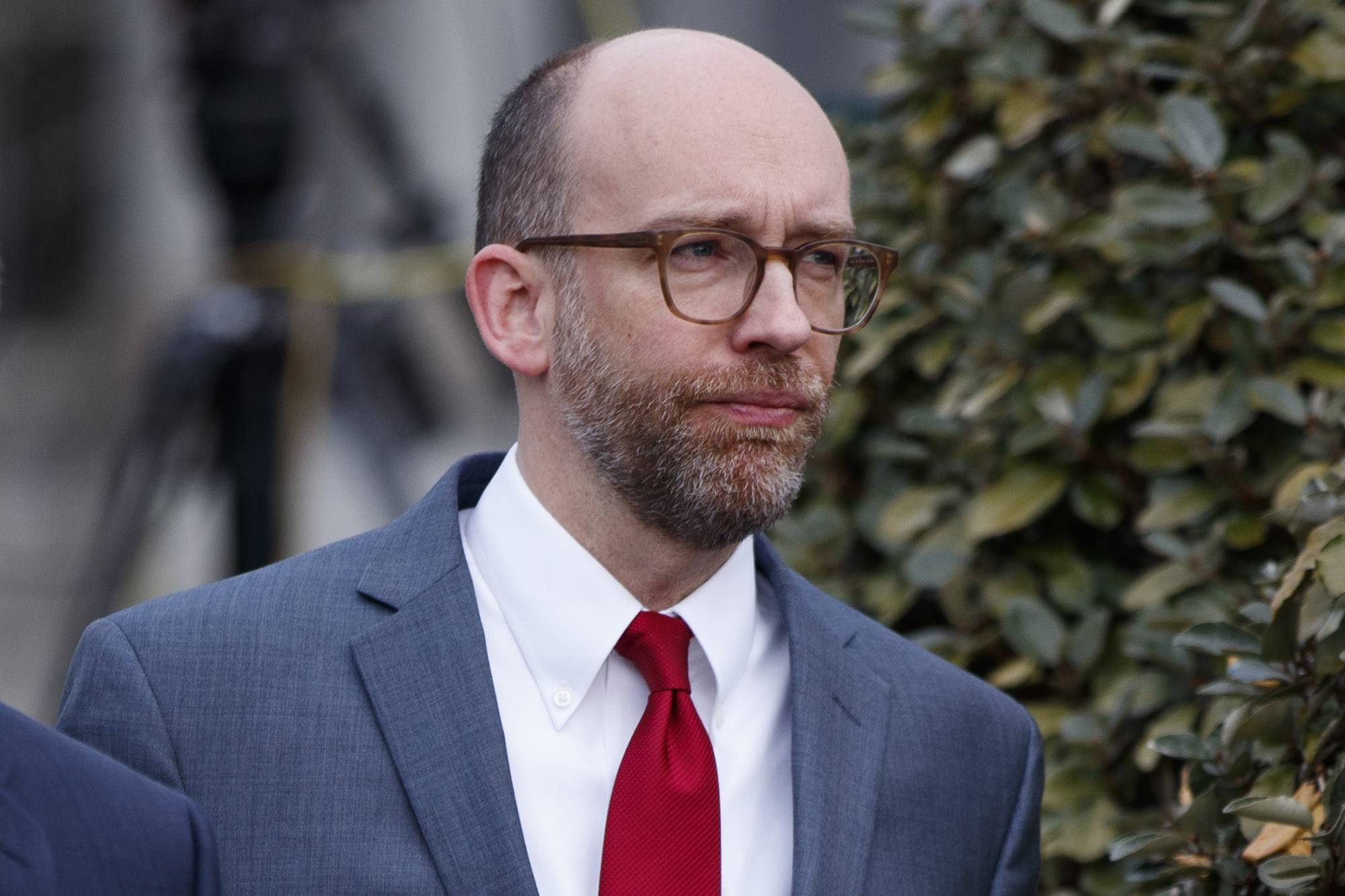The Biden administration is making progress on its management goals for the federal government under the President’s Management Agenda.
The Office of Management and Budget, in an update to Performance.gov on Friday, outlined targets agencies met in the third quarter of fiscal 2022 to empower the federal workforce and deliver a higher standard of customer service to the public.
In terms of federal workforce improvements, the Office of Personnel Management issued a hiring toolkit to help agencies fill 8,000 new federal jobs under the Infrastructure Investment and Jobs Act. OPM is also trying to create expedited pathways to recruit qualified, younger and more diverse candidates.
OPM and the Office of the Director of National Intelligence issued Federal Personnel Vetting Investigative Standards to prepare agencies for continuous vetting across the executive branch — a significant step in implementing the governmentwide “Trusted Workforce 2.0” initiative.
OPM also issued skills-based hiring guidance, focused on making it easier for federal job applicants without a bachelor’s degree to demonstrate their qualifications. The agency expects this guidance will also help remove barriers to entry for historically underrepresented groups.
Later this fiscal year, OPM and OMB will release guidance to increase the availability of paid internships, and publish proposed regulations to update the Pathways Program.
The State Department on Friday also started accepting applications for its second wave of paid internships and expects to make all of its Student Internship Program offerings paid by 2023.
The State Department said its paid student internship program is part of its efforts to improve the diversity of its workforce, encourage individuals from traditionally underrepresented groups to pursue career opportunities.
Over 2,000 students applied for its first wave of fall 2022 paid internships and 200 were chosen.
Agencies this year submitted diversity, equity, inclusion and accessibility strategic plans to OMB, some of which are just now being publicly released.
OPM also includes DEIA questions on this year’s Federal Employee Viewpoint Survey, and hosted an Employee Resource Group Summit. This year’s FEVS also includes questions about remote work and telework to better understand the future of work across the federal government.
OPM also updated USAJOBS to allow agencies to advertise remote positions and improved search features for applicants.
OPM and the Chief Human Capital Officers Council in recent months launched a Human Capital Data Working Group and an Elevating HR Working Group.
Later in fiscal 2022, OPM plans to launch a Chief Diversity Officer Executive Council. Agencies before the end of the fiscal year will also invite unions to conduct at least one employee orientation session with a majority of their bargaining units to discuss the benefits of membership.
Majority of leading CX agencies collecting customer feedback
In terms of improving customer experience across government, interagency goal teams and leads have conducted assessments for all 35 agencies and programs considered High Impact Service Providers.
These assessments found that 23 HISPs already collect customer feedback, and that the rest of these are expected to start collecting these metrics. All HISPs have met with OMB to identify priority areas of improvement for the fiscal 2024 budget process.
OMB and the President’s Management Council also submitted a six-month update on the status of all improving customer experience across five interagency “life experiences.”
These experiences include helping members of the public who are approaching retirement, recovering from a disaster, or transitioning from active-duty military service.
Agencies are also directed to improve services that support low-income mothers and children, as well as those suffering from a sudden financial loss who may be newly eligible for public assistance programs.
Pam Coleman, OMB’s associate director for performance and personnel management said in a blog post that the Biden administration selected these areas of focus because they often require service from multiple agencies and programs, and may be difficult for some users to navigate multiple layers of bureaucracy.
“Too often, people have to navigate a tangled web of government websites, offices, and phone numbers to access the services they depend on,” Coleman wrote.
OMB said it’s tapping into American Rescue Plan funds made available to the Federal Citizen Services Fund to make USA.gov a “digital federal front door” for users easily navigate government services online.
The interagency CX team also expects current investments in Login.gov will serve as the foundation for secure login access to online services across the government.
GSA Administrator Robin Carnahan said in a statement that more than 90,000 veterans have used GSA’s Login.gov this year to simply and securely access their benefits.
“We’re investing even more in this effort with the VA, as we work to make the public’s online interactions with government easier than ever,” she said.
Carnahan, in a recent interview, said GSA is looking to reach 100 million Login.gov users by the end of the year.
The Biden administration’s customer experience executive order directs GSA to work with the Department of Veterans Affairs to make Login.gov the identity-verification foundation across all VA’s online services.
The VA recently made progress on that goal, when it announced veterans can now use the same through Login.gov username and password to access VA.gov, My My HealtheVet, and VA’s Health and Benefits mobile app.
The latest Performance.gov update makes no mention of goals set under the third pillar of the PMA, improving the “business of government.”
The administration, under this category, is looking to use the federal government’s collective purchasing power to accelerate developments in sustainable technology, as well as support small, disadvantaged businesses.
Federal agencies are now working together to advance equity in procurement practices, including the administration’s goal of making sure contract awards to small, disadvantaged businesses make up 15% of federal contract spending by fiscal 2025.
Copyright
© 2024 Federal News Network. All rights reserved. This website is not intended for users located within the European Economic Area.
 First Look
First Look  First Look
First Look